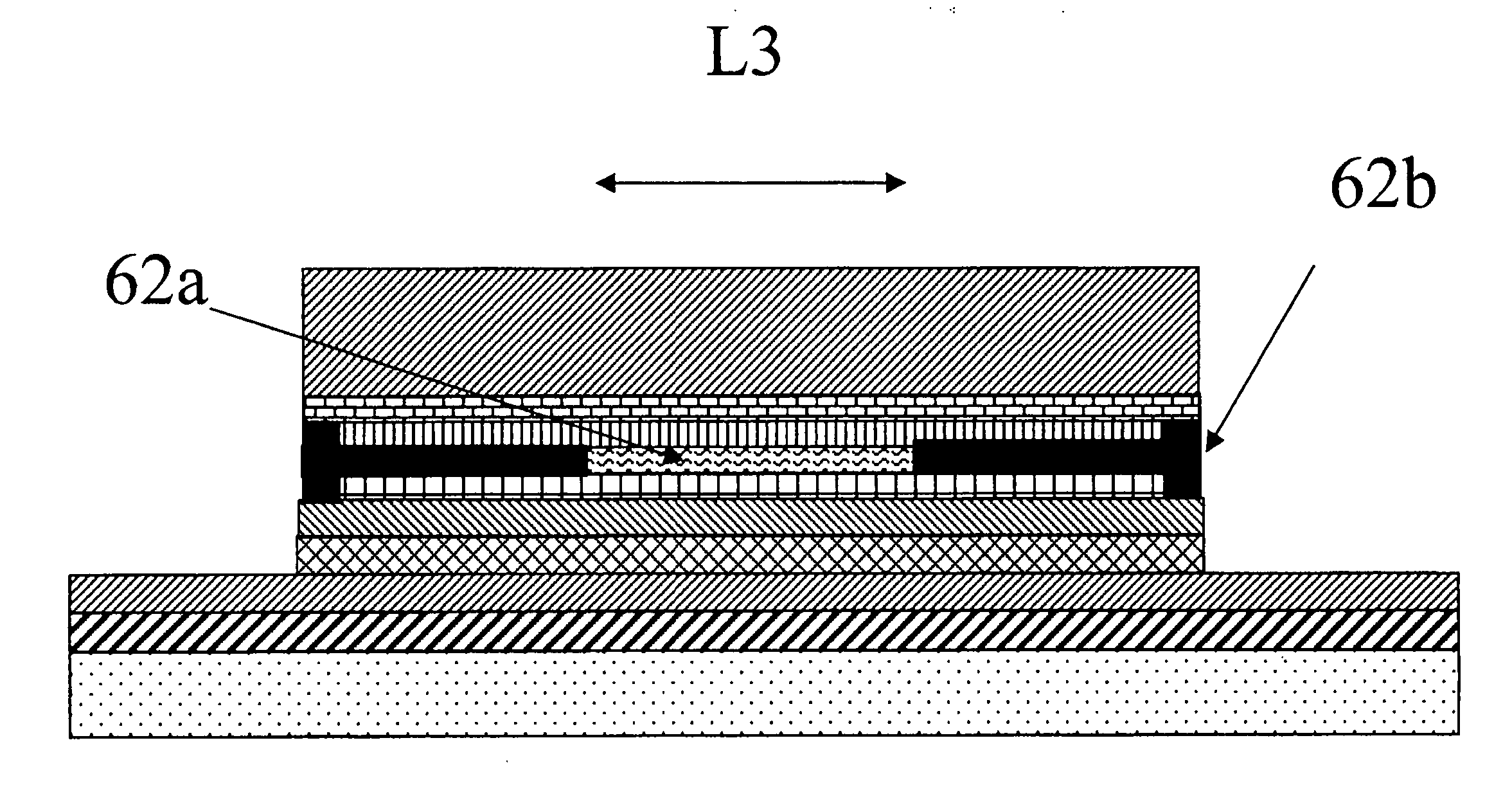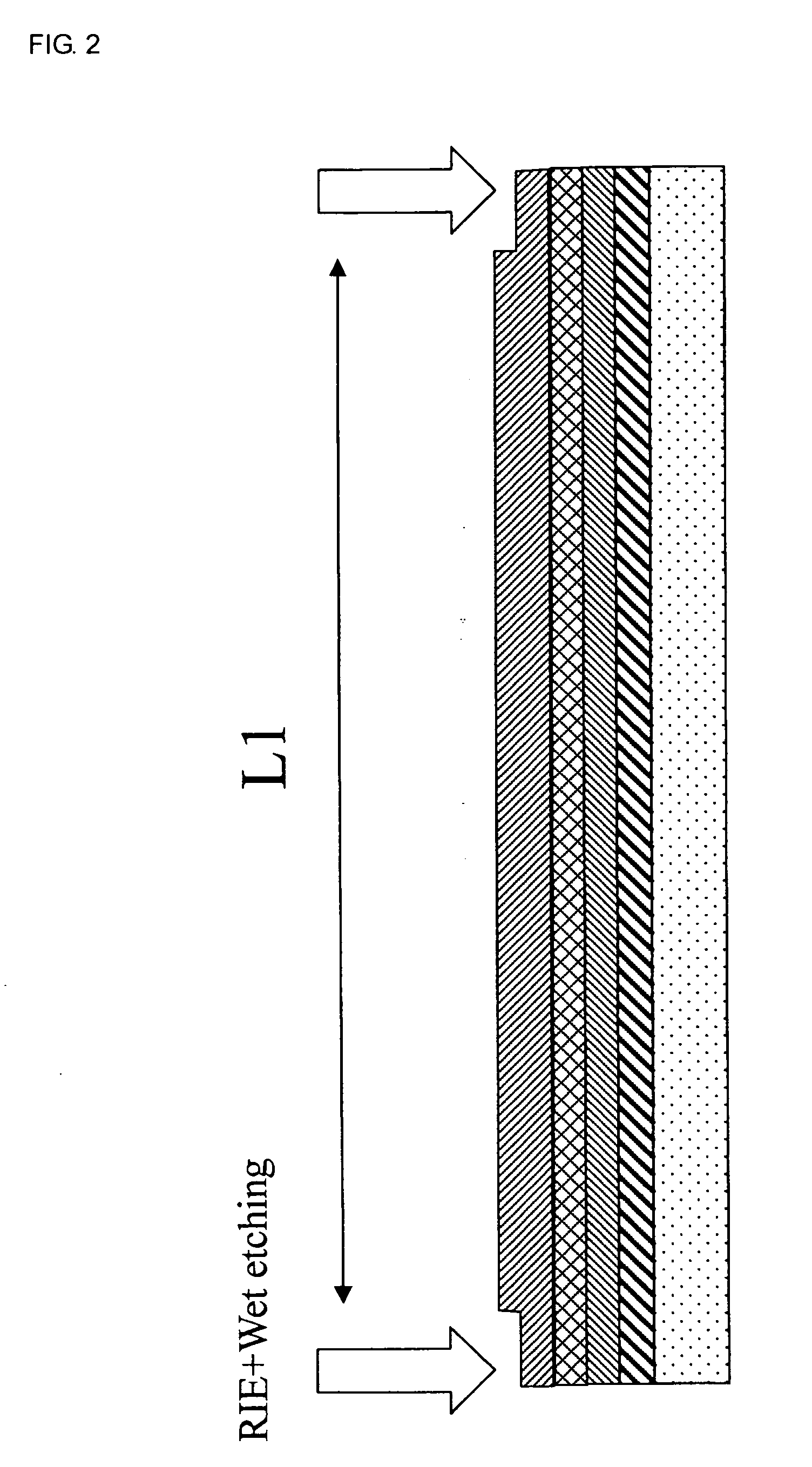Long-wavelength vertical cavity surface emitting lasers having oxide aperture and method for manufacturing the same
a laser and vertical cavity technology, applied in semiconductor lasers, laser details, electrical devices, etc., can solve the problems of low thermal conductivity of about 1/10, difficult use of gaas/algaas, and thick mirror layer growth, etc., to achieve easy manufacturing, low cost, and low cost
- Summary
- Abstract
- Description
- Claims
- Application Information
AI Technical Summary
Benefits of technology
Problems solved by technology
Method used
Image
Examples
Embodiment Construction
[0023] Preferred embodiments of the present invention will be described in detail with reference to the accompanying drawings.
[0024] A method for manufacturing a long-wavelength vertical cavity surface emitting laser device in accordance with one embodiment of the present invention will be described as follows.
[0025] First, as shown in FIG. 1, in order to manufacture the long-wavelength vertical cavity surface emitting laser device of the invention, a semiconductor lower mirror layer 2 is grown on an InP substrate 1 by a compound-semiconductor epitaxy growth method, in which the semiconductor lower mirror layer 2 comprises InAlGaAs / InAlAs or InAlGaAs / InP. Then, a first semiconductor electrode layer 3 comprising n-InP, an optical gain-activation layer 4 constituted by an InAlGaAs multiple quantum-well layer, and a semiconductor anode layer 5 comprising p-InP are sequentially grown on the semiconductor lower mirror layer 2.
[0026] At this time, the n-InP and p-InP semiconductor elec...
PUM
 Login to View More
Login to View More Abstract
Description
Claims
Application Information
 Login to View More
Login to View More - R&D
- Intellectual Property
- Life Sciences
- Materials
- Tech Scout
- Unparalleled Data Quality
- Higher Quality Content
- 60% Fewer Hallucinations
Browse by: Latest US Patents, China's latest patents, Technical Efficacy Thesaurus, Application Domain, Technology Topic, Popular Technical Reports.
© 2025 PatSnap. All rights reserved.Legal|Privacy policy|Modern Slavery Act Transparency Statement|Sitemap|About US| Contact US: help@patsnap.com



